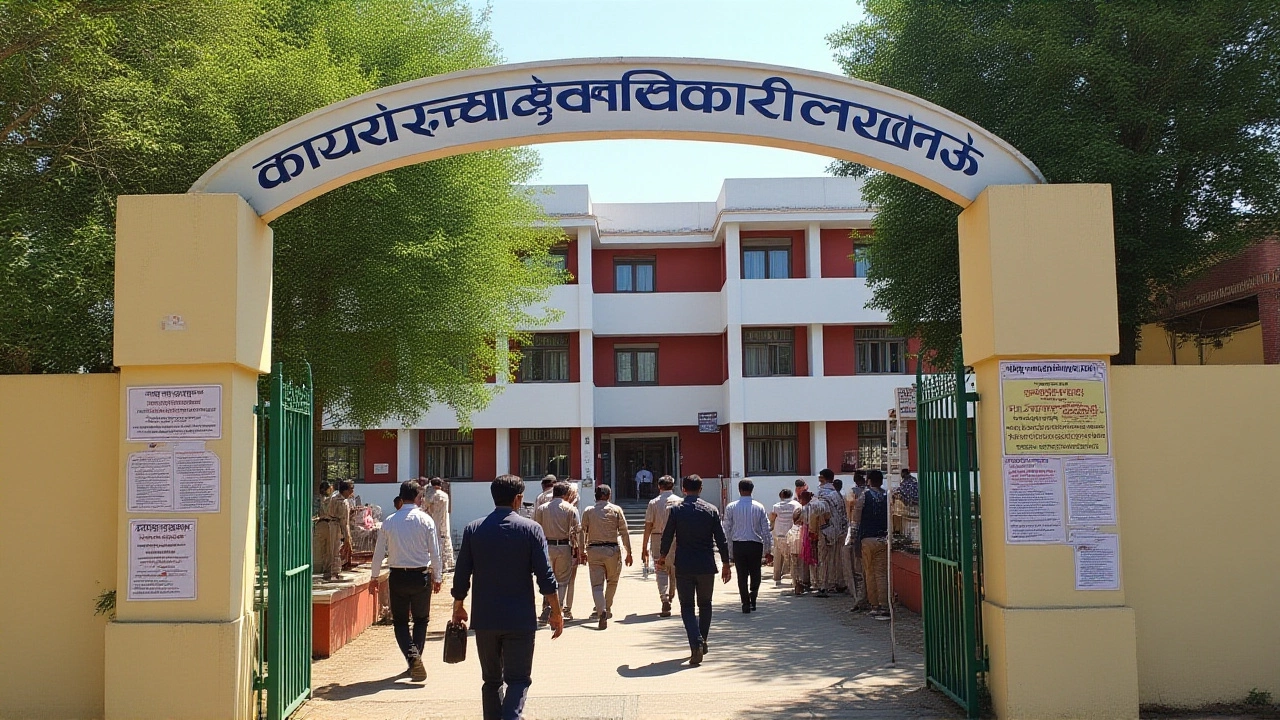CTET – Central Teacher Eligibility Test Overview
CTET is the shorthand most aspirants use for the Central Teacher Eligibility Test, a national exam that certifies eligibility for teaching posts in central schools. Also known as Teacher Eligibility Test, it is conducted annually by the Central Board of Secondary Education (CBSE). The exam aims to ensure that teachers possess the minimum professional standards required for classrooms across the country. Its core attributes include a two‑paper format (Paper I for classes I‑VIII, Paper II for classes IX‑XII), objective‑type questions, and a qualifying cut‑off of 60% for each paper. Understanding these basics helps you see why CTET matters for anyone wanting a stable teaching career in India.
Key Elements Linked to CTET
Eligibility is the first gate. Candidates must hold at least a bachelor's degree and meet age limits set by the exam authority. The CBSE, the board that designs the test pattern, releases the official notification each year, which details age, educational qualifications, and reservation criteria. Next comes the syllabus – a structured set of topics covering pedagogy, child development, and subject‑specific knowledge. For Paper I, the syllabus includes Child Development and Pedagogy, Language, and Mathematics; Paper II adds Physics, Chemistry, Biology, and Social Science. Each of these sub‑topics is linked to specific learning objectives, and the exam pattern demands quick reasoning and accurate recall. Preparing effectively means aligning study material with these components, using past papers, mock tests, and NCERT textbooks as primary resources.
When you map the exam’s structure to your study plan, three semantic relationships emerge: CTET requires a clear grasp of the syllabus; the syllabus defines the scope of questions; CBSE administers the entire process. These triples illustrate how the entities interact, helping you prioritize what to study first. For instance, knowing that CBSE updates the question bank annually alerts you to focus on the latest edition of NCERT books. Likewise, recognizing that the eligibility criteria filter candidates early can save time by confirming your qualification before you invest in full‑scale preparation.
Below you’ll find a curated set of articles that break down each of these areas in detail – from step‑by‑step application guidance and eligibility verification, to deep dives into the syllabus, effective study techniques, and strategies for scoring above the cut‑off. Whether you’re a fresh graduate or a working professional aiming to shift to teaching, the collection offers practical tips, sample papers, and expert advice to boost your confidence. Dive in and start shaping your path to becoming a certified teacher through CTET.

Teacher Protest in Lucknow: Dhananjay Gupta Leads Sit‑in Over CT ET Jobs
Teacher leader Dhananjay Gupta's sit‑in at Lucknow's Eco Garden highlights a clash over CT ET job vacancies, legal battles, and a push for Prime Minister Modi's intervention.
View more